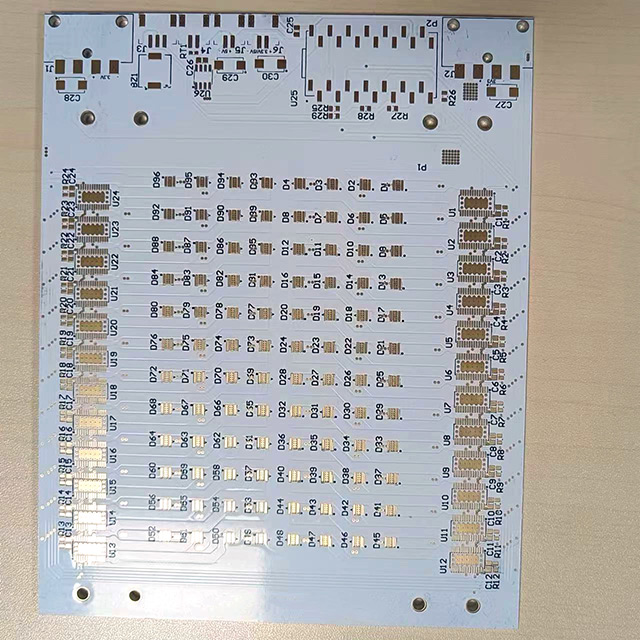B
Bobster
http://www.electriciansforums.co.uk...inees-only/96152-what-you-doing-trainees.html
Following on from this thread, seems a few are interested in having a go.
Now following from the answer ElectroChem produced:
And the bits and pieces mentioned on how this could be improved.
I would like the same again please, only this time I want a forward and reverse pushbutton, with a common stop button.
Motor size 5.5KW no power factor to worry about, but the motor has an efficiency of 98%.
Note, once running in one direction the motor should not be able to go in the other direction without being stopped first.
I'll leave you to do the power drawing this time, however if people are struggling/need pointers. Post up and I'll help.
Following on from this thread, seems a few are interested in having a go.
Now following from the answer ElectroChem produced:
Ok here's my go.
Edit: Can't seem to quote the picture that goes here. It's post 23 in the above thread.
And the bits and pieces mentioned on how this could be improved.
I would like the same again please, only this time I want a forward and reverse pushbutton, with a common stop button.
Motor size 5.5KW no power factor to worry about, but the motor has an efficiency of 98%.
Note, once running in one direction the motor should not be able to go in the other direction without being stopped first.
I'll leave you to do the power drawing this time, however if people are struggling/need pointers. Post up and I'll help.
Last edited by a moderator:














